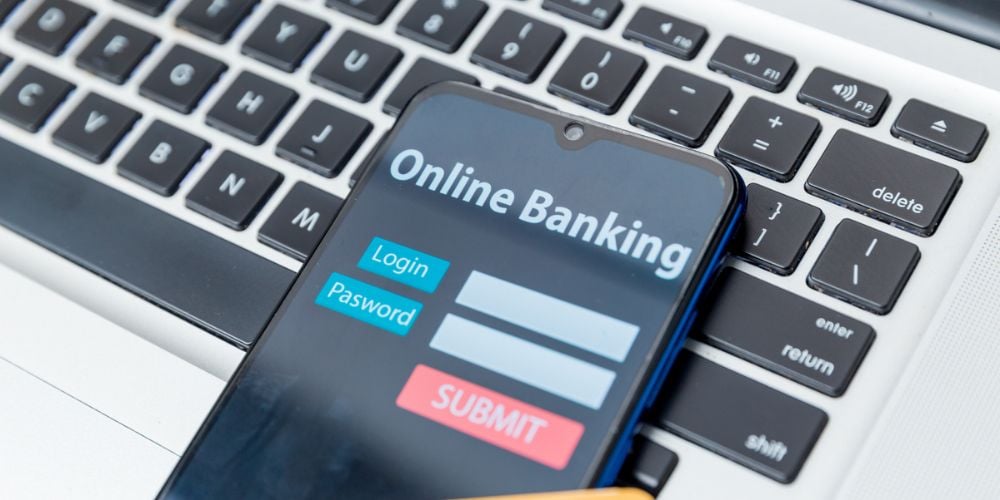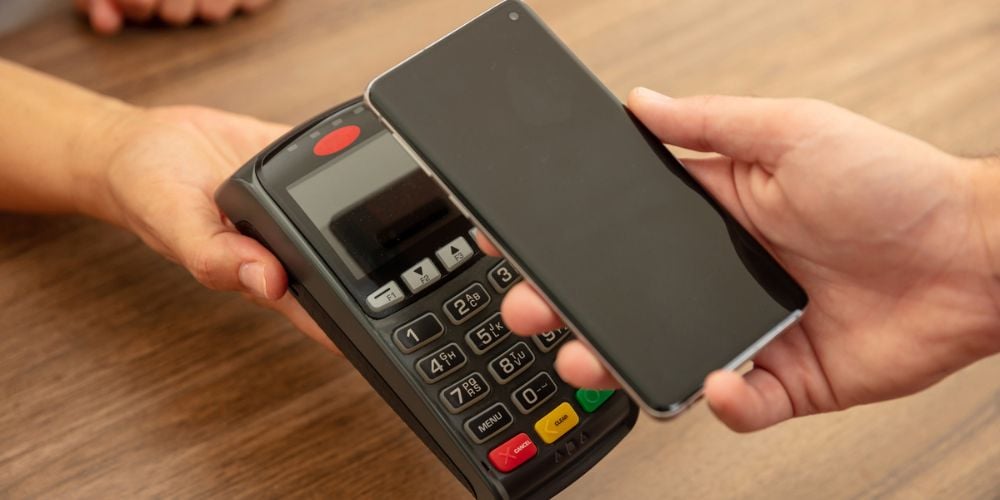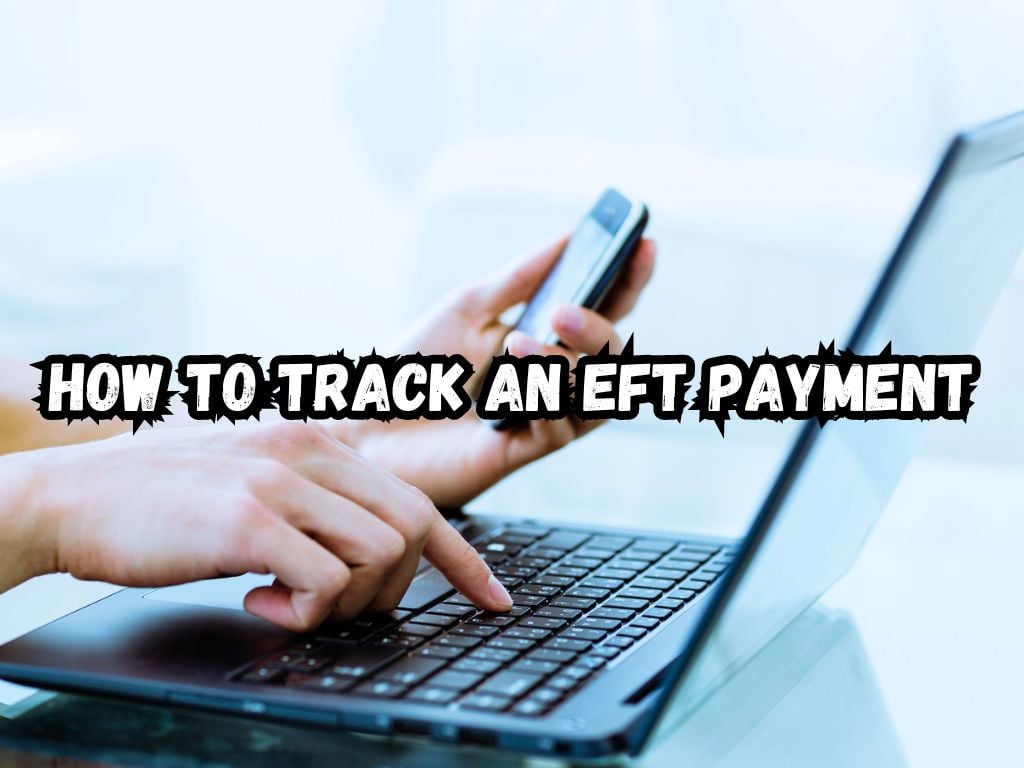In today’s fast-paced financial world, the ability to transfer funds electronically has become a necessity. Electronic Funds Transfer, or EFT, allows the transfer of money from one bank account to another without any paper money changing hands.
However, with the convenience of EFT payments comes the need for vigilant tracking. This article serves as a comprehensive guide to how to track an EFT payment, ensuring both senders and recipients can easily follow their transactions’ journey.
Understanding EFT Payments
EFT is a broad term that encompasses various types of electronic payments, including bank transfers, wire transfers, and direct deposits. These transactions occur over computerized networks, allowing for speedier financial transactions across different accounts and institutions.
The process eliminates the need for checks or cash to be physically moved, providing a more efficient and secure method of payment.
Pre-Requisites for Tracking an EFT Payment
To track an EFT payment effectively, having certain information is crucial.
This includes the account numbers of both the sender and receiver, the transaction number or reference ID, and a clear understanding of the typical processing times for EFT transfers, which can vary significantly by transaction type and financial institution.

How to Track an EFT Payment
Tracking an EFT payment involves several critical steps, beginning with verifying the transfer details. Ensuring the accuracy of all account numbers and transaction details can prevent many common issues with EFT payments.
Contact Your Bank Or Financial Institution
Should there be any concern or delay, the next step is to contact the relevant banks or financial institutions involved in the transfer.
This includes both the sender’s and receiver’s banks. Customer service can play a pivotal role in tracking down transactions and providing updates on the payment’s status.
Online Tracking Options
Many banks offer online banking services that allow users to track their EFT payments in real-time.
By logging into a bank’s website or mobile app, users can access their transaction history, including pending EFT transfers. This requires the transaction number or specific details for accurate tracking.
Understand Processing Times
Understanding the typical processing times for EFT payments is vital. While some transactions are instantaneous, others may take several business days.
These times can vary based on the nature of the transfer and the policies of the involved financial institutions.
Follow Up Regularly
Persistent follow-up is key to resolving any issues or delays in EFT processing. Keep meticulous records of all communications and transactions. Doing so ensures there is a paper trail if discrepancies arise.
Common Issues And Solutions
The most common issue with EFT payments is processing delays. These can occur for several reasons, such as incorrect account information or bank-specific policies.
Familiarizing oneself with the steps to resolve these issues can expedite their resolution.

Tips For A Smooth EFT Payment Experience
To ensure a seamless EFT payment experience, double-check all details before initiating a transfer. Maintain detailed records of all transactions and act quickly if problems occur. Prompt action can often prevent minor issues from becoming major.
Security Measures While Tracking EFT Payments
Security should be the foremost concern. Safeguard personal and bank account information diligently and be vigilant for phishing attempts or scams.
Following best practices for secure tracking can help avoid unauthorized access to financial information.
Frequently Asked Questions
How long does it typically take for an EFT payment to be processed?
Processing times can vary widely, from instantaneous to several business days, depending on the type of transfer and the institutions involved.
Is it possible to cancel an EFT payment after it has been sent?
In some cases, if the payment has not yet been processed or completed, it may be possible to cancel. However, this varies by bank and transaction type.
Can I track an EFT payment without a transaction number?
While a transaction number greatly aids in tracking, it is sometimes possible to track payments using account numbers and transfer details. However, this can be more challenging.
Are there any fees for tracking EFT payments?
Most banks do not charge fees specifically for tracking EFT payments, but it’s always wise to check with your financial institution for any potential costs.
What should I do if I suspect fraud in my EFT payment process?
Immediate contact with your bank or financial institution is crucial. They can provide guidance on steps to secure your account and assist in investigating the issue.
Navigating the world of EFT payments need not be daunting. With the right information and a proactive approach, tracking these transactions can be a straightforward and secure process.
Conclusion
Tracking EFT payments is a crucial aspect of managing electronic transactions. By understanding the steps involved and maintaining diligent records, individuals can navigate the process smoothly and securely.


 Tags:
Tags:










